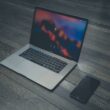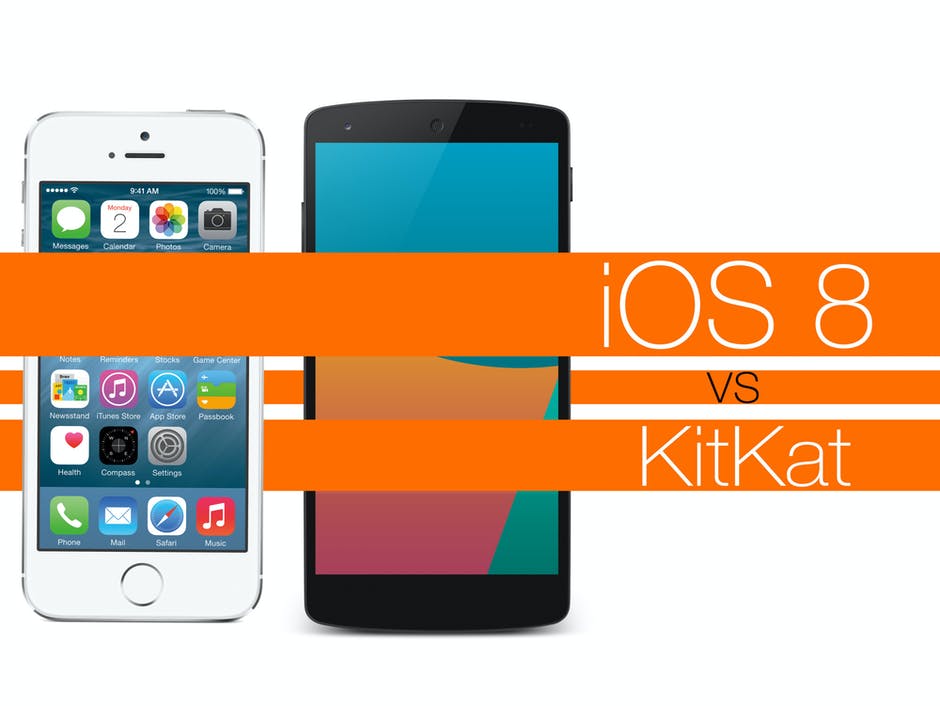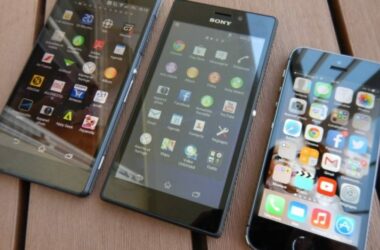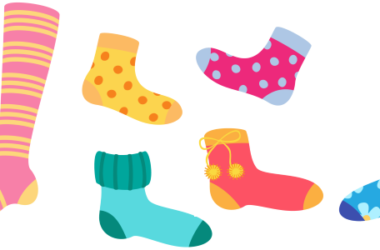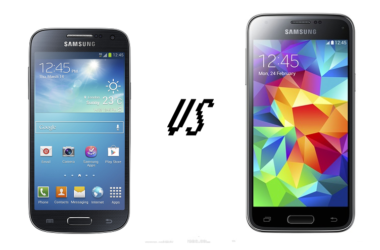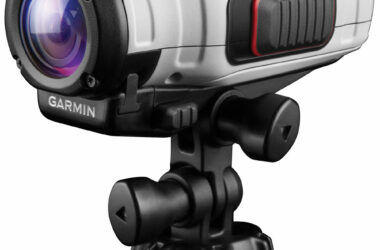When it comes to market shares held, Google’s Android wins without a doubt, as the platform is the most popular available among smartphone users. There is a 60% monopoly of the market held by Android at the moment, as they manage to cover all branches, sizes and categories.
Android is distributed among all major manufacturers of the world, such as Samsung, LG, HTC, while the iOS operating system is used by Apple only internally for its own products. Apple’s OS pretty much trailed until its 7th installment in terms of features, design and usability, as it couldn’t match Android from that point of view, but starting with Ios7, Apple started listening more to what consumers actually wanted out of their operating system.
Android KitKat ( Android 4.4)
Android KitKat has been a step forward for the Android platform, but not a very big one, as Google managed to establish a functional and great operating system along the way, so the last couple of installments have represented small tweaks here and there, with less major changes
User Interface
Google has been focusing on making Android as minimalist as possible. Android KitKat only builds up on that minimalistic approach, as the top and bottom black borders seen in previous versions are now gone. This gives you more room on your display for your wallpaper and apps. Also, the notification items on top are now a simple white, unlike the colored items from Jelly Bean, for example. The rest of the system is very similar to what Android offered in the past, with a notification bar that hosts all your notifications, as well as a way to your Quick Settings menu where you can get a quick access to all your important settings, hence the name. Notifications can also be accessed from the lockscreen.
Cloud
Google also offers a cloud which comes with its pack of applications which includes YouTube, Gmail, Google Documents, Google Drive, and more. Your contacts are also synced here through your Google account, so you can manage a large part of your data through Google’s cloud service.
Customization
Customization is one of the operating system’s strong points, as personalization has always been synonymous with Android. The OS lets you tweak and change even the smallest of details so that you can truly call that device your own when all the customization is done. The best part about this is that your phone doesn’t need any kind of unlocking procedure such as iDevices need. On an iPhone, you need to have it jailbroke before you can even start to think about the kind of customization you can perform on Android devices.
iOS 8
With iOS8, Apple seems to have embraced the visual style it has implemented with iOS7, which represented a major change of direction for the operating system in terms of both design and functionality. The new approach features a cleaner and flatter design that has a more modern vibe to it.
User Interface
With the new operating system, Apple pretty much took a page (or two) out of Android’s book, as it now features a notification panel just like the one you can find on an Android device, although its official name on Apple’s platform is the Notification Center. Apple also added something called the Control Center, which is their take on Android’s Quick Settings menu. With a swipe upwards from the bottom of the screen, opposite of the downwards swipe for accessing the Notification Center, you can get access to a screen that features controls for WiFi, Brightness, Rotation, Flashlight, Timer, Airplane Mode, Bluetooth, Air Drop, Air Play, Camera and Calculator.
IOS8 features a multi-tasking system similar to Android, as double tapping the Home button will bring up a carousel of recent apps that you can swipe away.
Some of the notifications you get allow you to interact with them, such as liking a Facebook post or replying to a text message straight from the Notification Center. The Notification Center also features widgets now, which have been missing until recently from previous versions of the software, but are now at an all time high on iDevices, although Android has been enjoying them since forever.
Cloud
Apple competes against Google’s cloud service with iCloud. With iCloud, you can keep all your files safe and organized as you like, with immediate synchronization to all devices connected to your account. The iCloud service function in a similar fashion to DropBox and comes with support for Mac, iOS and Windows.
Conclusion
When you look at the list of improvements brought to the latest version of the operating system since the previous one, it is obvious that the iOS8 is quite ahead of Android KitKat, but in the end, the efforts put in by Apple for this OS only represent it trying to catch up with Google and Android. A lot of features that Apple just added were already inside Android, what Android lacks, it can get through third party apps, so even though the iOS8 is major improvement and step forward for making the software more accessible to users and third party developers as well, it still trails behind Android which didn’t need to implement massive changes due to the steady rise of its OS over the years.
Related ItemsAndroid KitKat vs iOS 8

